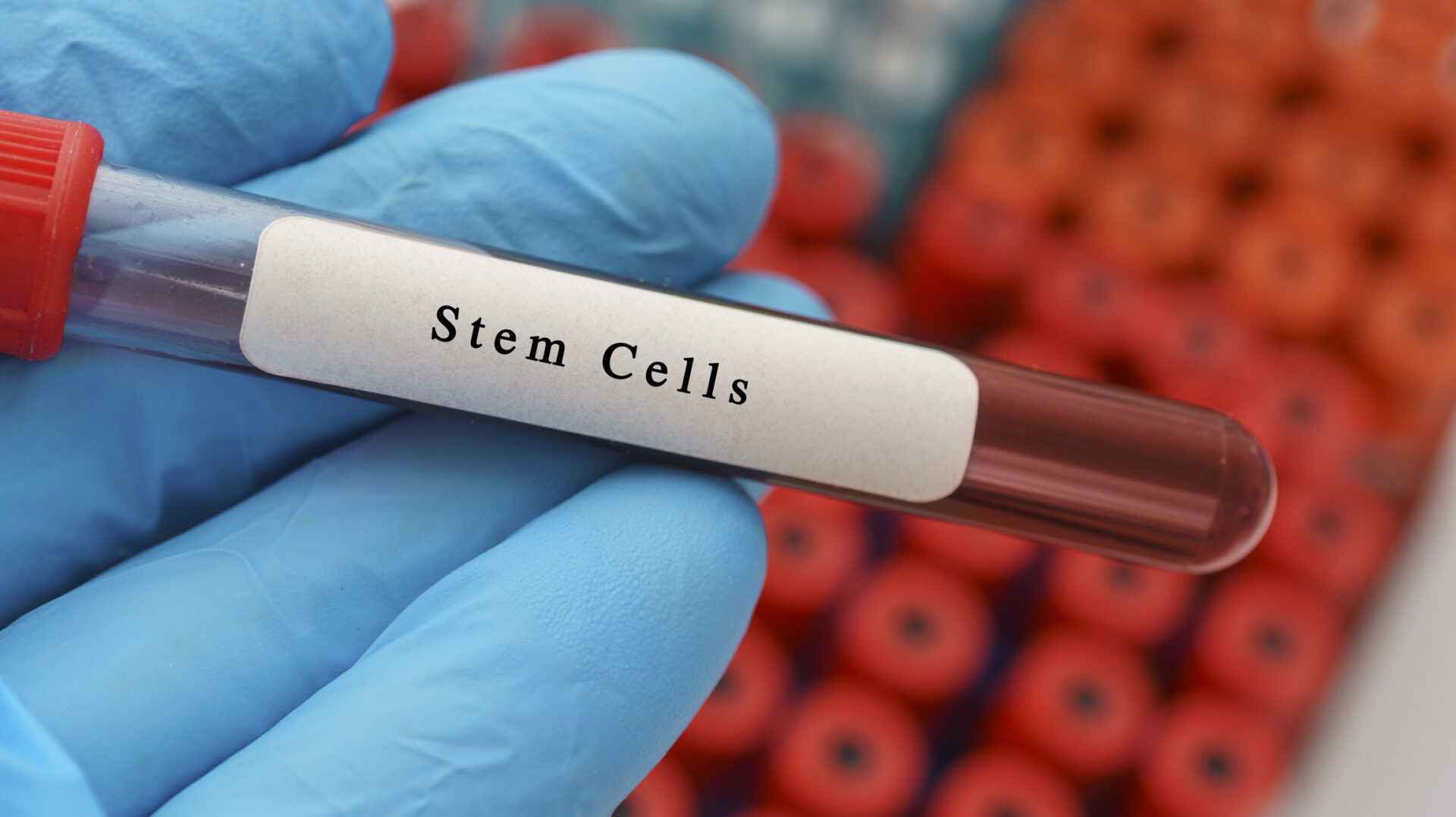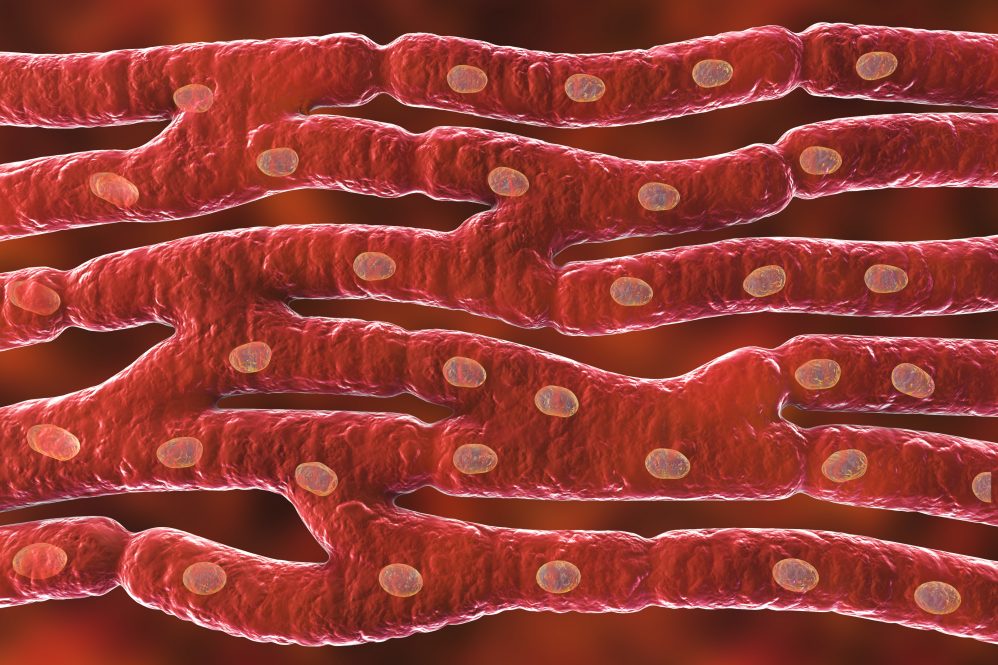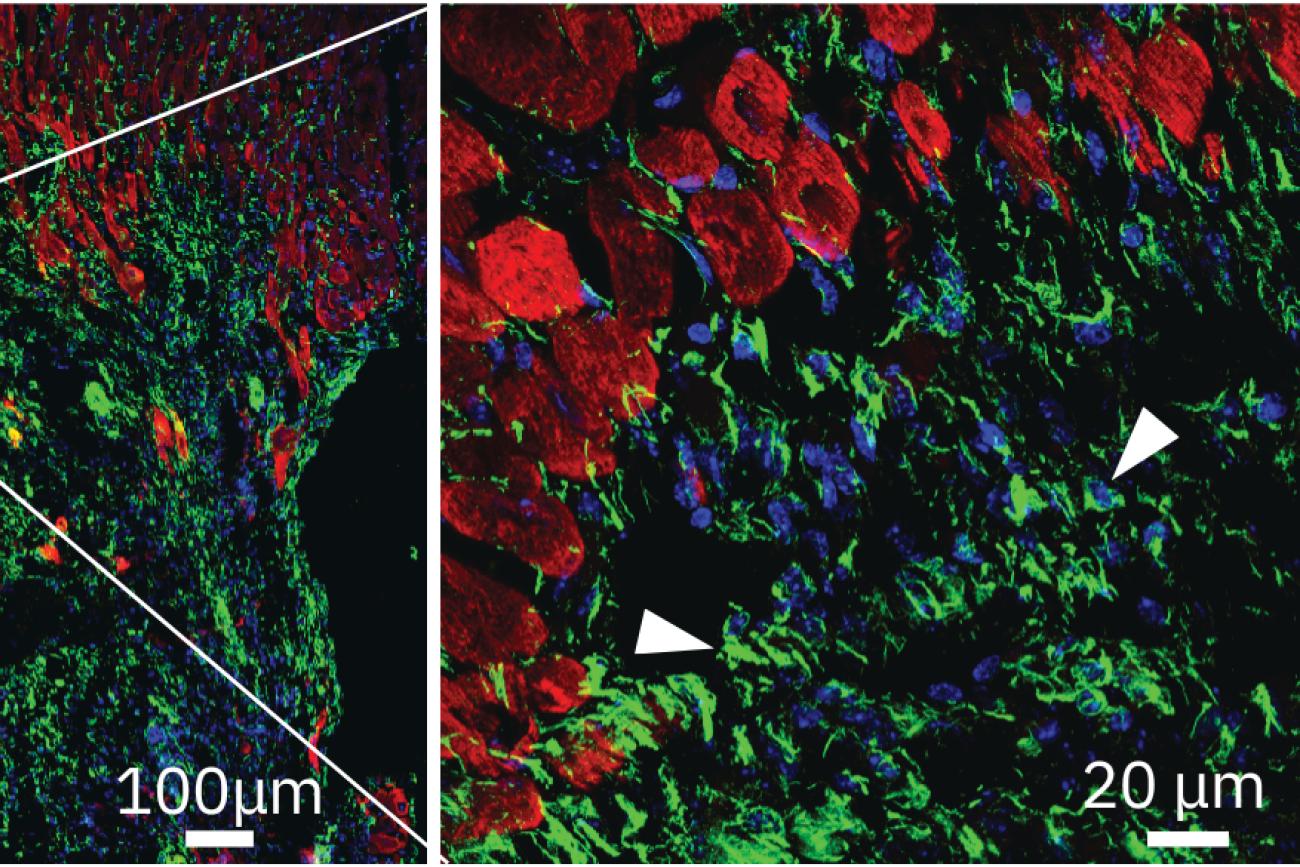Technical University of Munich – An international team has come a great deal closer to developing a stem cell therapy that can repair damage after a heart attack. Dr. Christine M. Poch is the first author of a study in which the researchers show how cardiac progenitor cells migrate to damaged areas and differentiate into functional heart cells. Image: Daniel Delang / TUM
A repair program for the heart
Following a heart attack, the human body is incapable of repairing lost tissue due to the heart’s inability to generate new muscle. However, treatment with heart progenitor cells could result in the formation of functional heart cells at injured sites. This new therapeutic approach is introduced by an international team in Nature Cell Biology. The aim is to start clinical studies within the next two years.
How can the heart function be restored after a heart attack? With an estimated 18 million deaths each year globally from cardiovascular diseases according to the World Health Organization (WHO), this is the subject of research worldwide. A possible answer could be the treatment with an enriched pool of human pluripotent stem cell derived ventricular progenitors, or HVPs for short. An international team consisting of the Technical University of Munich (TUM) and its university hospital Klinikum rechts der Isar, the Swedish Karolinska Institutet, Swedish biotech startup Procella Therapeutics and the biopharmaceutical company AstraZeneca has investigated this approach in a study published in the journal Nature Cell Biology.
Many heart disease conditions result in the death of heart muscle cells and blood vessels. They are replaced by fibrotic scar tissue, which causes further deterioration of heart function. Some animals, in particular amphibians and fish, can repair such damage – a capability almost entirely absent in the heart of an adult human. One experimental approach for restoring lost heart tissue is with stem cell therapy. Previous studies have included the use of heart cells grown from stem cells, specifically: cardiomyocytes. However, frequent side effects such as irregular heartbeats and fatal arrhythmia occurred.
In contrast, the team working with Karl-Ludwig Laugwitz, Professor of Cardiology at TUM, is investigating human ventricular progenitor cells. These cells play a crucial role in the formation of the heart during development. Over time, they differentiate into the various cell types in the heart, including cardiomyocytes. The team has succeeded in producing large numbers of such HVPs from human embryonic pluripotent stem cells. “This represents the culmination of two decades of our work trying to find the ideal cell to rebuild the heart,” says Kenneth R. Chien, Professor of Cardiovascular Research at Karolinska Institutet.




